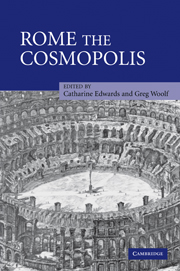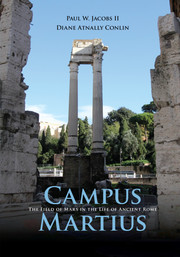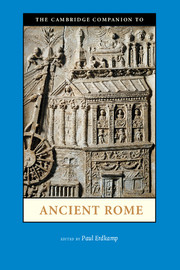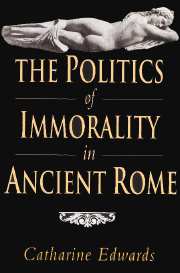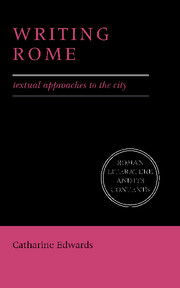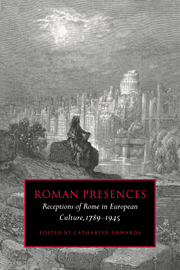Rome the Cosmopolis
Ancient Rome was a vast and varied metropolis. By coercion and seduction it attracted a population from every province of its empire, as well as foodstuffs, building materials and entertainment from all over the world. What impact did the possession of empire have on the city itself? How did its inhabitants, visitors and subjects comprehend its unique role? How did Rome stay Roman when it encompassed the world? This collection of essays seeks to explore key aspects of the relationship between Rome and its empire.
- A book-length treatment of Rome as a world city
- Covers Rome as a cultural centre, as well as issues such as immigration and food supply
- Combines social and economic history, cultural analysis and history of art, with comparative insights
Reviews & endorsements
"Nine historians offer lively, original, and consistently interesting papers...Rome the Cosmopolis gives us much that is new and memorable." The Times Literary Supplement
"'This book is for Keith Hopkins,' begins the preface, and indeed, no finer tribute to a great scholar can be imagined than this collection of essays by students of the professor of ancient history at Cambridge University... An excellent bibliography and full index conclude a work from which students of Rome at every level can learn a great deal. Highly Recommended." Choice
"It surely belongs in specialized library collections dealing with antiquity and with Roman history, but any person fascinated by the world and lifestyle of ancient Rome will find this an irresistible book." Catholic Library World
"The mark of a good book is that it educates, stimulates, and provokes: the ten essays presented here can be heartily recommended as succeeding in these vital respects." International History Review, Richard J. A. Talbert, University of North Carolina at Chapel Hill
"To read several or all of the essays in the span of a single protracted sitting is a particularly stimulating intellectual experience. It is to engage with a variety of scholarly talents, analytical methods and discursive techniques, sometimes complementary, sometimes competing, often dealing with the same ancient data from different perspectives and for different purposes." - Rory B. Egan, University of Manitoba
Product details
November 2006Paperback
9780521030113
268 pages
233 × 154 × 14 mm
0.379kg
18 b/w illus.
Available
Table of Contents
- List of figures
- List of contributors
- Preface
- List of abbreviations
- 1. Cosmopolis: Rome as World City Catharine Edwards and Greg Woolf
- 2. The triumph of the absurd: Roman street theatre Mary Beard
- 3. Incorporating the alien: the art of conquest Catharine Edwards
- 4. Inventing Christian Rome: the role of early Christian art Jas' Elsner
- 5. Slavery and the growth of Rome: the transformation of Italy in the second and first centuries BCE Willem Jongman
- 6. Rivalling Rome: Carthage Richard Miles
- 7. Migration and the metropolis Neville Morley
- 8. Germs for Rome Walter Scheidel
- 9. Embracing Egypt Caroline Vout
- 10. The City of Letters Greg Woolf
- Bibliography
- Index.

